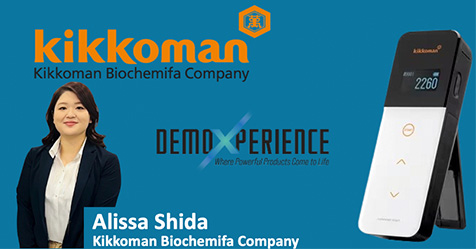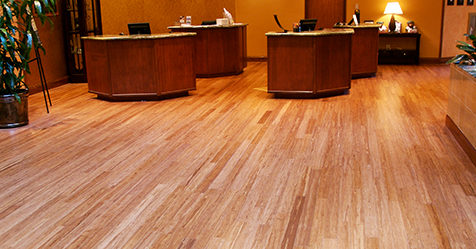Many of the new buildings under construction in this country are being built with sustainable systems that use less fuel, energy, water, etc. These features help reduce the demand for natural resources and lower operating costs.
However, thousands of older commercial buildings are still in use. These buildings are notoriously flawed—by today’s standards—when it comes to resource efficiency. Insulating many of these older buildings was simply not a concern when they were built. Developers assumed if building users were uncomfortable they would simply turn up the heat or the air conditioner.
Although those days are over, old buildings are far from history. While some are being torn down, it is likely that by 2030 the majority of these older facilities will still be standing and occupied.
The cost of bringing sustainability to these older buildings is often prohibitive. Making them more energy efficient, for instance, typically requires replacing major mechanical systems and windows, adding wall insulation, and updating lighting. If the entire building is undergoing a total renovation, then these efficiency updates may be included. Otherwise, building owners typically question if the costs of these retrofits will show a reasonable return on the investment.
Chicago Shows the Way
A pilot program in Chicago, IL, may provide solutions to the challenges of updating old buildings. This program, the Retrofit Chicago Energy Challenge, is a public/private partnership created to promote energy efficiency through affordable new technologies.
The program recognizes that every older building is different. While many of the skyscrapers built in the United States since the 1970s have similar structural elements, those constructed in the 1950s and earlier do not. This means what may produce energy efficiency in 40-year-old buildings may not work in 60-year-old buildings. The program’s technologies also realize that for retrofits to become a reality, they need to be:
- Relevant (to that specific building)
- Quick (not taking more than a year to complete)
- Low-cost (delivering a return on the investment in four years or less).
Data Is Key
The initiative places sensors throughout participating facilities to acquire data from energy-consuming equipment such as HVAC devices, water heaters, lights, etc. This data is then fed into software applications, which identify opportunities to make the building more efficient and provide suggestions for continuous improvement.
This data is important for making smart retrofit decisions. For example, while a building owner may believe that installing a costly but energy-efficient HVAC system may help reduce operating costs and improve sustainability efforts, in some cases it will just make a dent in these goals and not be worth the cost.
Instead, this technology might suggest that simply adding digital controls designed to better monitor and manage building temperatures, humidity, and airflow will provide greater efficiency at far less cost.
The 21st century will be the century of sustainability. Taking advantage of initiatives like the Retrofit Chicago Energy Challenge, we should be able to scale down the energy, fuel, and water demands of commercial facilities around the world. The professional cleaning industry is going to play a key role in this environmental improvement, enhancing the industry’s future and the lives of future generations.




